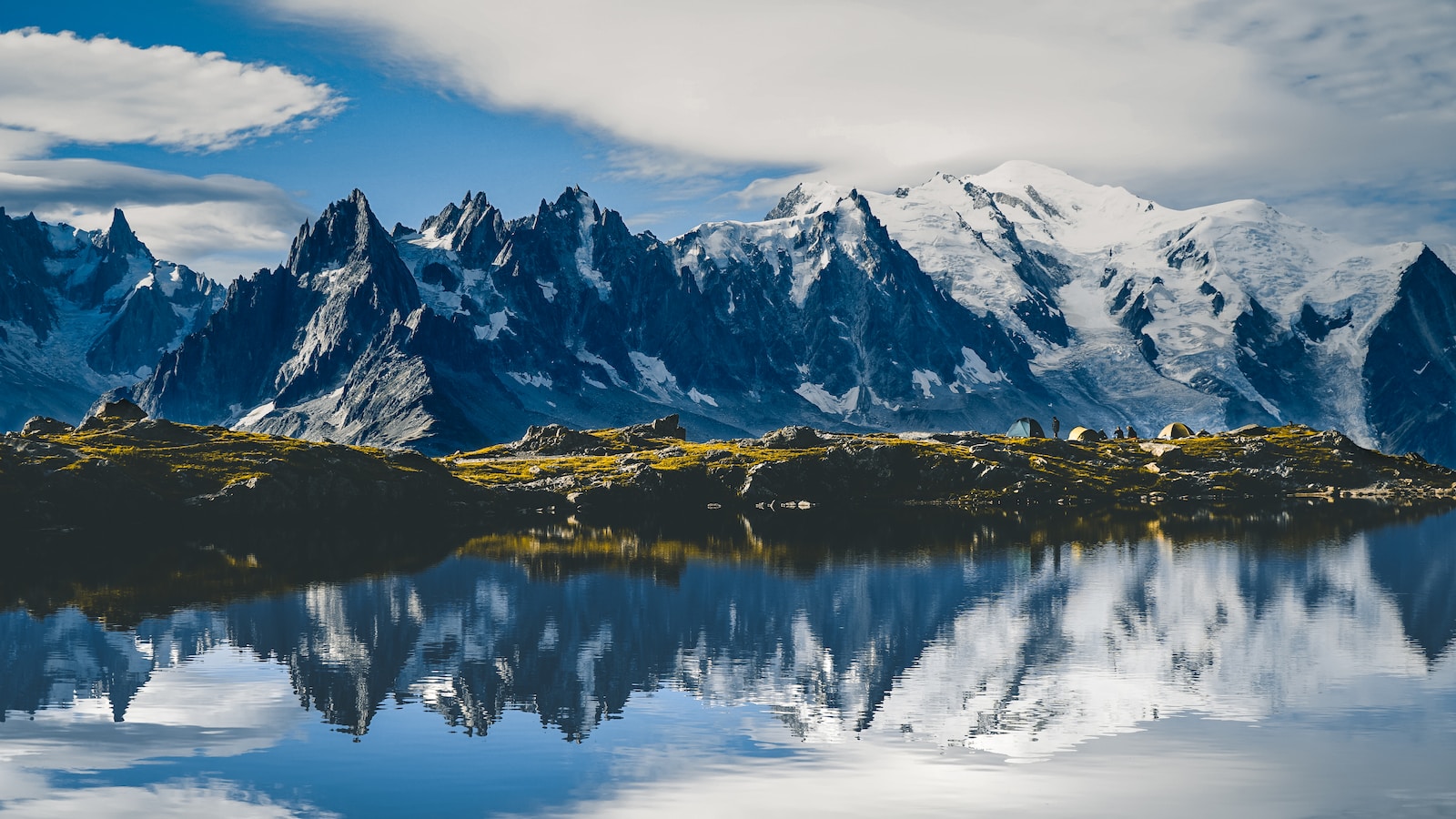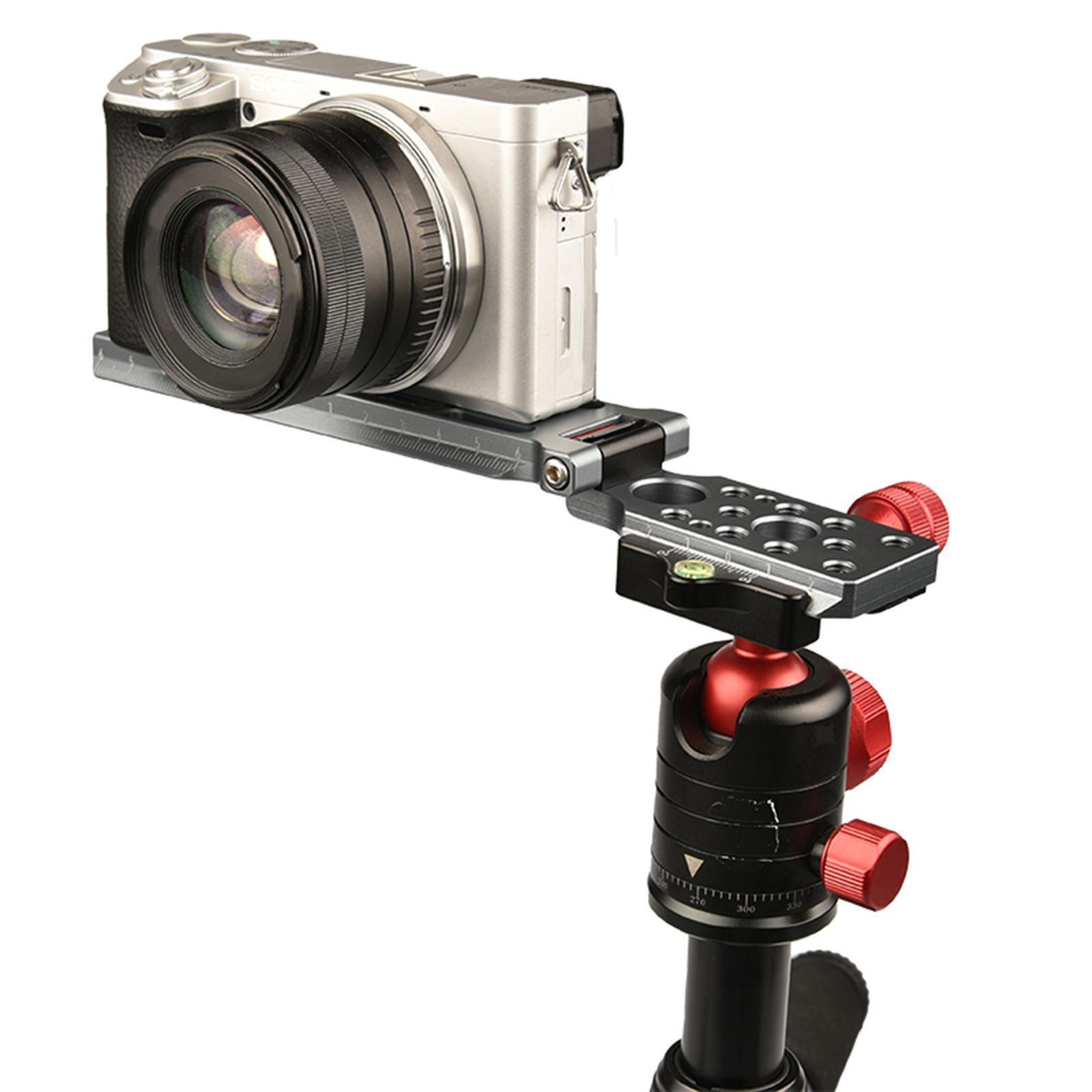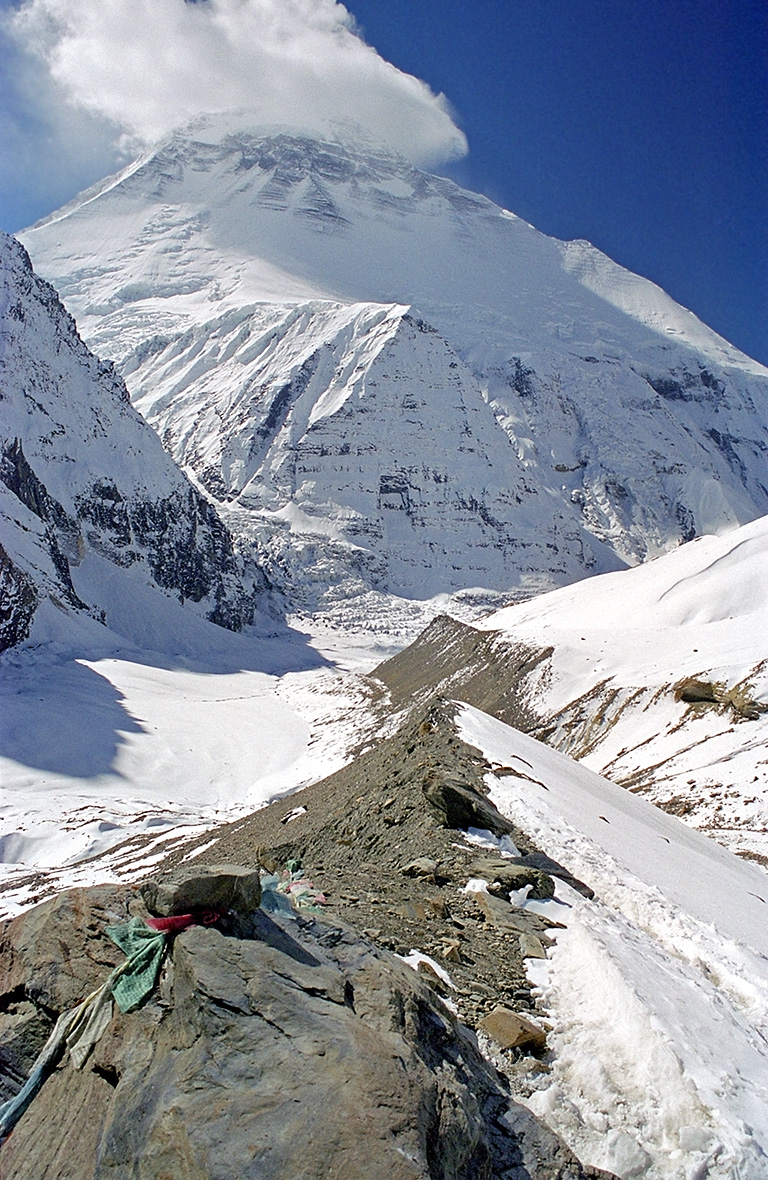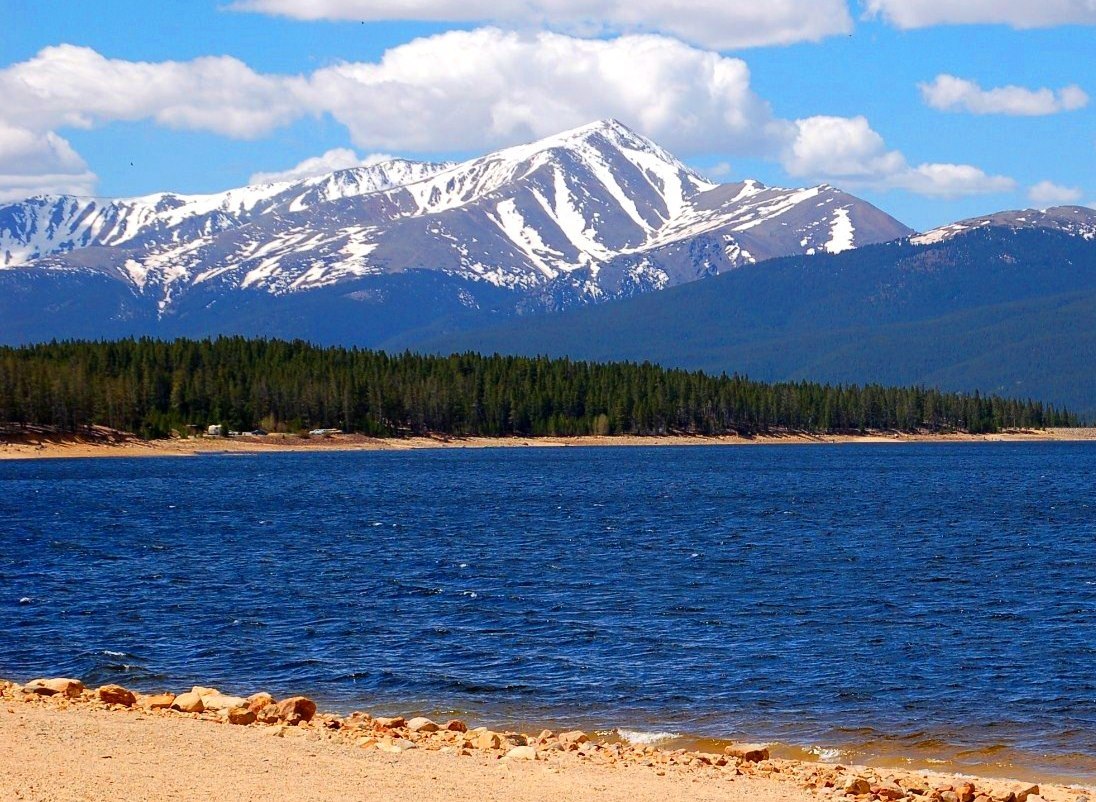Welcome to “Capturing Mont Blanc’s Beauty: A Photographer’s Guide”! Are you captivated by the majestic Mont Blanc and dream of capturing its serene beauty through your camera lens? Look no further, as this blog is your ultimate guide to mastering the art of mountain photography in Mont Blanc. Explore camera techniques, learn how to adjust to ever-changing weather conditions, and discover the secrets of capturing breathtaking shots. Join us on this thrilling journey and unlock the true potential of your photography skills!
Table of Contents
- Capturing Mont Blanc’s Beauty: A Photographer’s Guide
- Capturing Mont Blanc’s Beauty: A Photographer’s Guide
- Best Time of Year to Capture Mont Blanc’s Beauty
- Best Vantage Points and Positions for Photographers
- Frequently Asked Questions
- 1. What camera equipment should I bring for Mont Blanc photography?
- 2. How should I prepare for the ever-changing weather conditions in Mont Blanc?
- 3. What camera settings work best for capturing Mont Blanc?
- 4. Are there any specific composition techniques that work well for Mont Blanc photography?
- 5. How can I make my Mont Blanc photos stand out on social media?
- Wrap Up
Capturing Mont Blanc’s Beauty: A Photographer’s Guide
Mont Blanc, the highest peak in the Alps, is an absolute paradise for photographers. With its majestic snow-capped peaks, dramatic mountain ranges, and ever-changing weather conditions, this natural wonder offers endless opportunities for capturing stunning images. In this guide, we will explore camera techniques and strategies that will help you make the most of your photography adventure in Mont Blanc.
The Magnificent Peaks
When photographing Mont Blanc, it’s essential to highlight the grandeur and beauty of its peaks. To capture this magnificence, consider using a wide-angle lens to create a sense of scale and depth in your photos. Additionally, try composing your shots with interesting foreground elements such as wildflowers or alpine lakes, which will add visual interest and provide a point of reference for the towering peaks.
Pro tip: Experiment with different angles and perspectives to showcase the immensity of Mont Blanc. Get creative and try shooting from low to the ground or even from above to capture unique and awe-inspiring shots.
Weather Conditions: Embrace the Drama
Mont Blanc is known for its ever-changing weather conditions, ranging from clear blue skies to swirling clouds and dramatic storms. Embrace these varying conditions to add drama and intensity to your photographs. Capture the soft, ethereal light of dawn or dusk for captivating landscape shots, or wait for stormy clouds to roll in for a more dramatic and moody atmosphere.
Pro tip: Use a polarizing filter to enhance the colors and saturation in your images. This will especially come in handy when photographing Mont Blanc’s stunning glaciers and icy landscapes.
Wildlife and Flora: Seek Out Hidden Gems
Mont Blanc is not only an iconic mountain but also a biodiversity hotspot. Take the time to explore the diverse flora and fauna that call this region home. Look out for elusive alpine ibex, chamois, and marmots as they traverse the mountain slopes, and capture their raw beauty with your camera.
Additionally, Mont Blanc boasts an array of beautiful alpine flowers and plants. Macro photography can be particularly rewarding in these situations, allowing you to capture the intricate details of these delicate blooms.
Pro tip: Patience is key when photographing wildlife. Take your time to observe their behavior and movements, and be prepared to wait for the perfect moment to capture that stunning shot.
Seasonal Variations: A Year-round Playground
Mont Blanc offers unique photographic opportunities throughout the year. From the pristine snow-covered landscapes of winter to the vibrant colors of fall, each season brings its own charm to the region. Whether you prefer capturing the vibrant autumn foliage or the frozen waterfalls of winter, Mont Blanc will never cease to inspire.
Pro tip: Research the best times to visit Mont Blanc based on the specific photography opportunities you’re seeking. Keep in mind that weather conditions and accessibility may vary depending on the season.
From the breathtaking peaks to the captivating wildlife and ever-changing weather conditions, Mont Blanc is truly a photographer’s paradise. By utilizing these techniques and strategies, you’ll be able to capture the serene beauty of this mesmerizing destination while creating unique and captivating images that tell your own story.
Did you know that Mont Blanc is the highest mountain in the Alps and the highest in Western Europe, standing at an impressive 4,809 meters (15,778 feet) tall?
Capturing Mont Blanc’s Beauty: A Photographer’s Guide
When it comes to capturing the awe-inspiring beauty of Mont Blanc, having the right camera and equipment is crucial. The pristine landscapes and dramatic weather conditions demand precision and versatility. In this guide, we will explore the best camera options, lenses, and additional equipment that will help you immerse yourself in the mesmerizing world of mountain photography.
Camera Options for Mont Blanc Photography
Choosing the perfect camera for Mont Blanc photography can be daunting, given the diverse range of options available. However, two camera types particularly stand out: DSLRs and mirrorless cameras.
DSLR Cameras: DSLRs provide excellent image quality, precise controls, and versatility in lens selection. With their larger sensor sizes, they capture more detail and handle low-light conditions exceptionally well. The Nikon D850 and Canon EOS 5D Mark IV are popular DSLR options that deliver outstanding performance in challenging environments.
Mirrorless Cameras: Offering a compact design without compromising on image quality, mirrorless cameras have gained popularity among photographers. They are lighter, have faster burst rates, and often have advanced features such as in-body image stabilization. The Sony Alpha A7R III and Fujifilm X-T3 are examples of mirrorless cameras that excel in performance and portability.
Essential Lenses for Mont Blanc Photography
To truly capture the stunning details of Mont Blanc, it’s crucial to pair your chosen camera with the right lenses. Here are some lens options that will help you make the most of your mountain photography:
Wide-angle lens: A wide-angle lens, such as the Canon EF 16-35mm f/2.8L III USM or the Nikon AF-S Nikkor 14-24mm f/2.8G ED, is essential for capturing expansive landscapes and dramatic vistas. It allows you to encompass the majestic beauty of Mont Blanc in a single frame.
Telephoto lens: A telephoto lens is essential for bringing distant subjects closer and capturing the intricate details of the mountain. The Canon EF 70-200mm f/2.8L IS III USM or the Nikon AF-S Nikkor 70-200mm f/2.8E FL ED VR are both excellent options for capturing breathtaking shots of Mont Blanc from afar.
Macro lens: If you’re interested in capturing the intricate details of flora and fauna found on Mont Blanc, a macro lens is a must-have. The Nikon AF-S VR Micro-NIKKOR 105mm f/2.8G IF-ED and the Canon EF 100mm f/2.8L Macro IS USM are renowned for their exceptional image quality and close-up capabilities.
Additions to Enhance Your Mont Blanc Photography
In addition to the camera and lenses, there are a few additional pieces of equipment that can elevate your Mont Blanc photography experience:
- Tripod: A sturdy tripod is essential for capturing sharp and well-composed images, especially in low-light conditions. Look for one that is lightweight yet stable, such as the Gitzo GT1545T Series 1 Traveler or the Manfrotto MT055CXPRO3 Carbon Fiber Tripod.
- Filters: Graduated neutral density filters and polarizing filters are valuable tools for controlling light and enhancing the appearance of your images. The Lee Filters Graduated Neutral Density Set and the B+W XS-Pro Digital MRC Nano Circular Polarizer are highly recommended.
- Weather protection: Mont Blanc’s weather can be unpredictable, so it’s essential to protect your gear. Consider investing in a rain cover, like the Think Tank Emergency Rain Cover, to keep your equipment safe in adverse conditions.
Remember, the key to capturing the beauty of Mont Blanc lies not only in the quality of your gear but also in your passion and creativity as a photographer. Experiment with different techniques, leverage the changing weather conditions, and embrace the tranquility of this picturesque mountain. Happy shooting!
Best Time of Year to Capture Mont Blanc’s Beauty
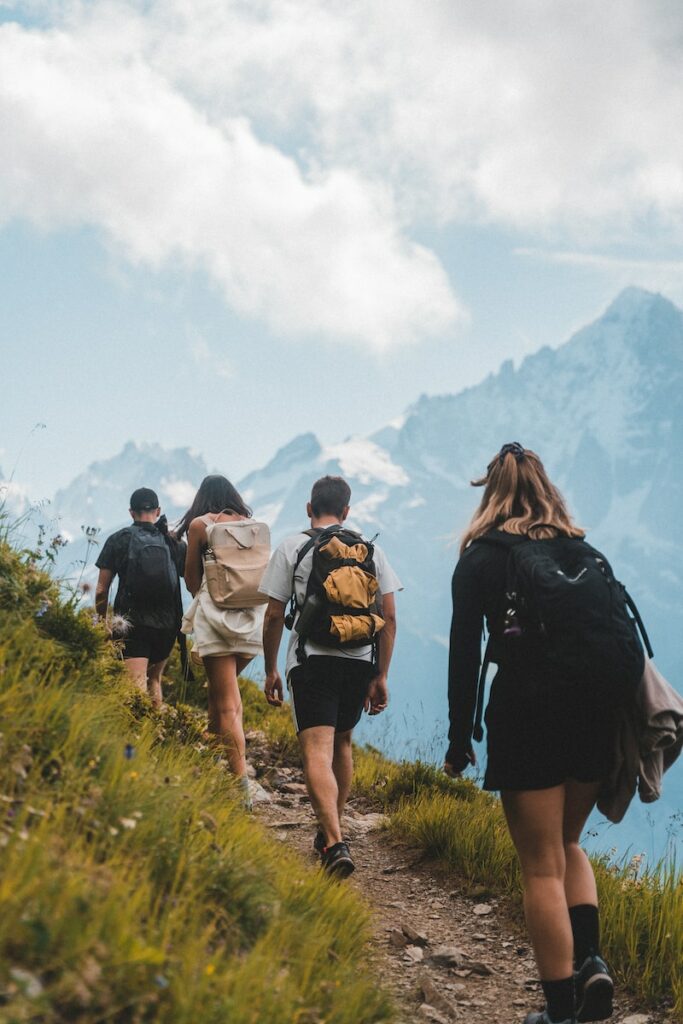
Spring (March to May)
Spring is a magnificent time to photograph Mont Blanc, as the snow-capped peaks contrast beautifully with the blooming flowers and vibrant greenery. The weather during this time can be unpredictable, offering a variety of conditions to capture unique shots. The melting snow creates stunning waterfalls and streams, adding an element of movement to your images.
For photographers looking to capture the serene beauty of Mont Blanc in spring, I recommend visiting in April. This month usually offers a good balance between melting snow and blossoming flowers, giving you the opportunity to capture captivating images of both.
Summer (June to August)
Summer brings longer days and clearer skies, making it an ideal time to capture Mont Blanc’s majestic beauty. The lush alpine meadows come alive with colorful wildflowers, providing a stunning foreground for your photographs. The warm, sunny weather allows for excellent visibility, ensuring sharp and vibrant images.
If you plan to visit Mont Blanc during the summer, July offers longer daylight hours, allowing you to capture the golden hour and soft, warm light during sunsets or sunrises. This time also provides the perfect conditions for long-exposure shots of the starry night sky, with the snowy peaks serving as a breathtaking backdrop.
Autumn (September to November)
Autumn transforms Mont Blanc into a magical wonderland, as the foliage starts to change colors, creating a vibrant tapestry of red, orange, and yellow hues. This season offers a unique opportunity to capture the mountain’s beauty in a completely different light.
For photographers seeking the vibrant fall colors of Mont Blanc, October is the best month to visit. The changing leaves combined with the snowy peaks create a striking contrast, adding depth and visual interest to your images. The crisp, cool air and dramatic clouds also make for dramatic landscape shots.
Winter (December to February)
Winter showcases Mont Blanc’s breathtaking beauty in its purest form. The snow-covered peaks create a mesmerizing landscape, offering endless opportunities for stunning winter photography.
If you are planning a winter photography expedition to Mont Blanc, January is the prime month. The mountain is often blanketed in fresh, powdery snow, and the clear, cold air creates sharp and crisp images. This time of year also provides the chance to capture majestic snowstorms and frozen waterfalls, adding a touch of drama and intensity to your photographs.
Best Vantage Points and Positions for Photographers
1. Aiguille du Midi
Located at an altitude of 3,842 meters, Aiguille du Midi offers a stunning panoramic view of Mont Blanc and its surrounding peaks. The observation deck provides ample opportunities for capturing breathtaking landscape shots with unobstructed views.
For a unique perspective, consider taking the cable car to the peak of Aiguille du Midi during sunrise or sunset. The warm, soft light during these times will enhance the beauty of the mountains and create a magical atmosphere in your photographs.
2. Lac Blanc
Situated at an altitude of 2,352 meters, Lac Blanc offers a picturesque setting for capturing Mont Blanc’s reflection in its crystal-clear waters. The tranquil lake, surrounded by snow-capped peaks, provides a stunning foreground element for your photographs.
To capture the best shots at Lac Blanc, visit during the early morning or late afternoon when the sunlight bathes the mountains in golden hues. Experiment with different compositions, such as using the lake’s shoreline or nearby trees as leading lines to create more visually dynamic images.
3. Mer de Glace
Mer de Glace is a massive glacier located on the northern slopes of Mont Blanc. One of the best vantage points to photograph this natural wonder is from the Montenvers train station. From there, a short hike will lead you to several viewpoints overlooking the glacier.
Capturing the grandeur of Mer de Glace requires a wide-angle lens to encompass the vastness of the glacier and its surrounding peaks. Additionally, try incorporating foreground elements, such as rocks or trees, to add depth and scale to your photographs.
4. Chamonix Valley
The Chamonix Valley provides numerous vantage points to photograph Mont Blanc from a distance. The valley’s picturesque villages, charming architecture, and Alpine scenery serve as excellent foreground elements, framing the majestic mountain in your compositions.
To capture the best shots in the Chamonix Valley, explore different viewpoints along hiking trails or take advantage of cable cars and chairlifts for elevated perspectives. Additionally, pay attention to the changing weather conditions, as mist, clouds, or snowfall can add a touch of drama and mystique to your images.
With Mont Blanc’s ever-changing weather conditions and picturesque landscapes, capturing its beauty requires careful planning, a keen eye for composition, and solid camera techniques. Whether you visit during spring, summer, autumn, or winter, the stunning vantage points and positions mentioned above will provide ample opportunities for you to unleash your creativity and capture Mont Blanc’s serene beauty in all its glory.
Frequently Asked Questions
1. What camera equipment should I bring for Mont Blanc photography?
When capturing the beauty of Mont Blanc, it’s essential to have the right camera equipment. Here are a few recommendations:
- A sturdy DSLR or mirrorless camera
- A wide-angle lens for landscape shots
- A telephoto lens for capturing distant details
- A tripod to ensure stability in various weather conditions
- Polarizing filters to enhance colors and reduce reflections
2. How should I prepare for the ever-changing weather conditions in Mont Blanc?
The weather in Mont Blanc can be unpredictable, so it’s crucial to be well-prepared. Here are some tips:
- Check the weather forecast regularly
- Carry extra layers of clothing for warmth
- Protect your camera and equipment with weather-resistant covers
- Be flexible and adaptable to capture unique weather phenomena
3. What camera settings work best for capturing Mont Blanc?
Mont Blanc offers a variety of photographic opportunities, so adjusting your camera settings is key. Consider the following:
- Use a low ISO to reduce noise and increase image quality
- Experiment with different aperture settings to control depth of field
- Adjust shutter speed to capture motion or freeze action
- Shoot in RAW format to maximize post-processing flexibility
4. Are there any specific composition techniques that work well for Mont Blanc photography?
Absolutely! Here are a few composition techniques to consider:
- Include foreground elements to add depth and context
- Use leading lines to guide the viewer’s eye towards Mont Blanc
- Create balanced compositions by following the rule of thirds
- Experiment with different perspectives and angles for unique shots
To make your Mont Blanc photos pop on social media, try these strategies:
- Edit your photos using post-processing software for optimal color and contrast
- Add relevant hashtags to reach a wider audience
- Engage with other photographers and outdoor enthusiasts by commenting and sharing
- Consider creating a cohesive theme or storytelling element in your photo series
Wrap Up
As you embark on your journey to capture the stunning beauty of Mont Blanc, remember that practice makes perfect. Experiment with different camera techniques and settings to create unique and memorable photographs that truly showcase the essence of this iconic mountain.
Don’t forget to keep an eye on the ever-changing weather conditions and be prepared for unexpected moments of magic. Whether you’re an experienced photographer or just starting out, Mont Blanc offers endless opportunities to hone your skills and create breathtaking images.
We hope this guide has provided you with valuable insights and inspiration. Now it’s your turn to grab your camera, venture into the mountains, and capture Mont Blanc’s beauty firsthand. Don’t forget to share your experiences and stunning photographs in the comments below. Happy shooting!
